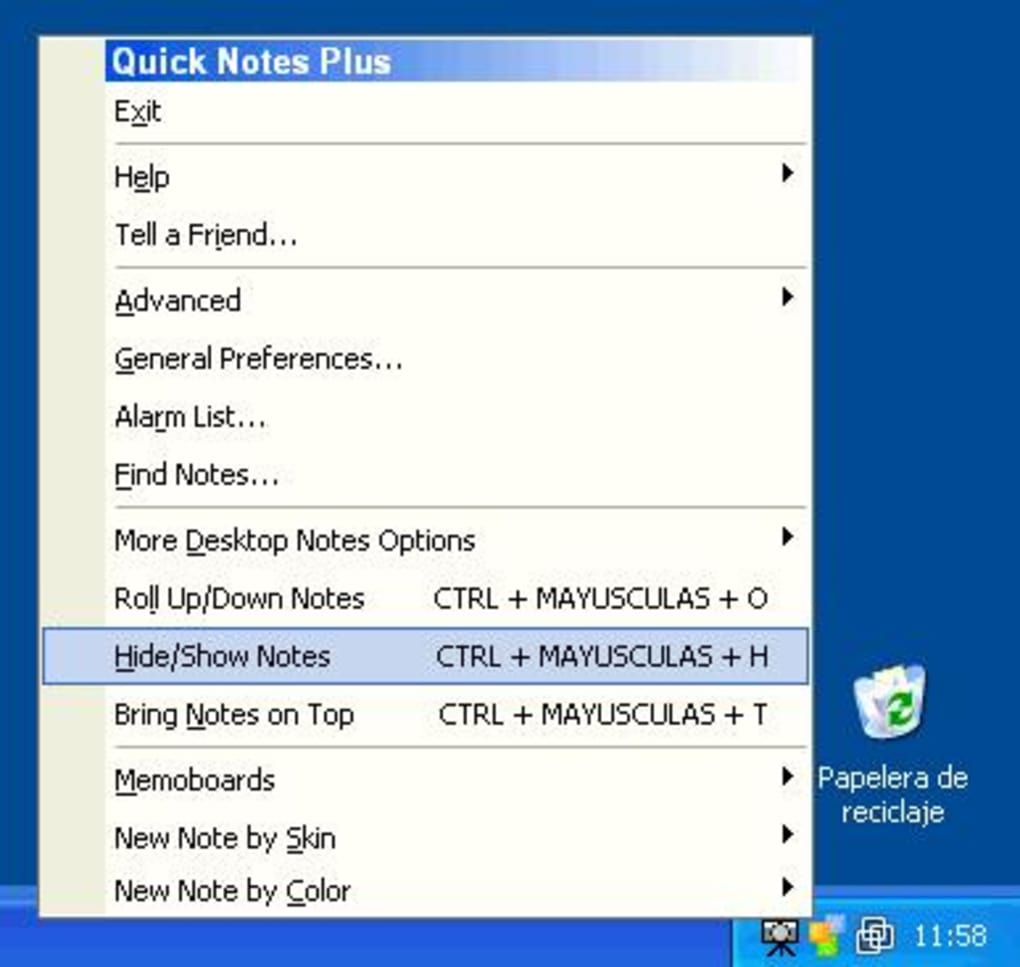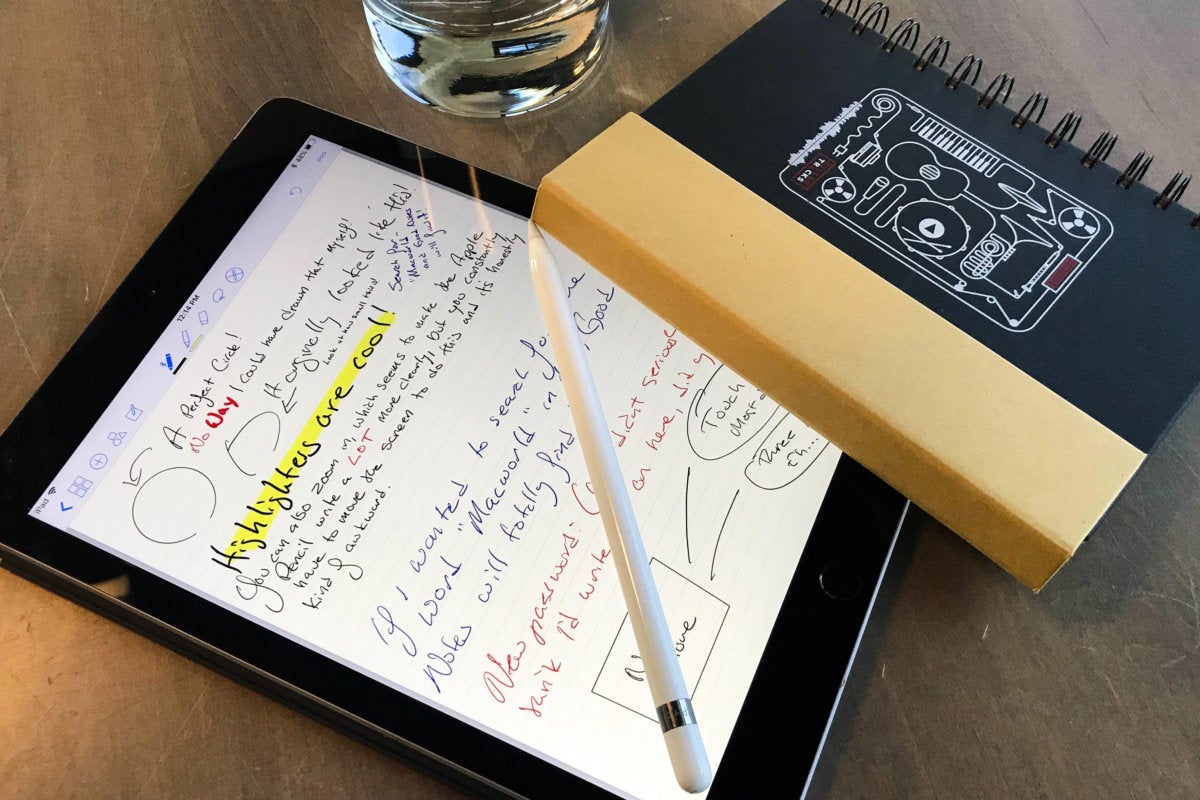
Shift+Down arrow key when the cursor is at the beginning of the line Select to the end of the line from the current cursor location.

Tab key when in the last cell of the tableĭelete, then Delete again, when the cursor is at the beginning of the row Note: Press Enter again to finish creating the table.Ĭreate another paragraph in the same cell in a table.Ĭreate a column to the right of the current column in a table.Ĭreate a column to the left of the current column in a table.Ĭreate a row above the current one in a table.Įnter when the cursor is at the beginning of any row, except for the first row Show or hide document printouts on the current page when the high contrast mode on Windows 10 or one of the contrast themes on Windows 11 is activated. Insert a document or file as a printout on the current page. Insert a document or file on the current page. Show or hide the rule lines on the current page. Increase the font size of the selected text.ĭecrease the font size of the selected text. (Apply the Normal style.)Īlt+Shift+Right arrow key or the Tab key when at the beginning of a lineĪlt+Shift+Left arrow key or Shift+Tab when at the beginning of a line Paste the formatting to the selected text ( Format Painter).Īpply or remove strikethrough formatting.Īpply or remove bulleted list formatting.Īpply or remove numbered list formatting.Īpply a Heading 1 style to the current note.Īpply a Heading 2 style to the current note.Īpply a Heading 3 style to the current note.Īpply a Heading 4 style to the current note.Īpply a Heading 5 style to the current note.Īpply a Heading 6 style to the current note.Ĭlear all formatting applied to the selected text. Skip the current audio recording forward by 10 seconds.Ĭopy the formatting of the selected text ( Format Painter). Skip the current audio recording backward by 10 seconds. Perform the action suggested on the Information Bar when it appears at the top of a page. Open the thesaurus for the currently selected word.ĭisplay the context menu for the currently focused object. Insert a line break without starting a new paragraph.

To expand the selection, press Ctrl+A again.Ĭopy the selected text or item to the clipboard. Press Ctrl+F, and then type your search words. To quickly find a shortcut in this article, you can use Search.

#Choose a notebook for quick notes for windows 10#
To pin the OneNote for Windows 10 app, right-click the icon labeled OneNote for Windows 10, select More, and then select Pin to taskbar.For information on the differences between the app versions, go to What's the difference between the OneNote versions? To pin the OneNote desktop app, right-click the icon labeled OneNote, select More, and then select Pin to taskbar. In Windows 10, select Start in the lower left corner of the Windows task bar. In Windows 11, select the Windows Start icon near the center of the Windows task bar then select on All apps. Scroll down in the list of installed apps until you see OneNote.

To pin the OneNote for Windows 10 app, right-click the icon labeled OneNote for Windows 10, and then select Pin to Start. To pin the OneNote desktop app, right-click the icon labeled OneNote, and then select Pin to Start. Scroll down in the list of installed apps until you see OneNote. In Windows 11, select the Windows Start icon near the center of the Windows task bar then click on All apps. In Windows 10, select the Start button in the lower left corner of the Windows task bar. To quickly get to your preferred Windows version of OneNote, you can pin its app icon to your Start menu or the Windows taskbar. Tip: You may have to repeat these steps for each OneNote file type that you want to change.


 0 kommentar(er)
0 kommentar(er)
